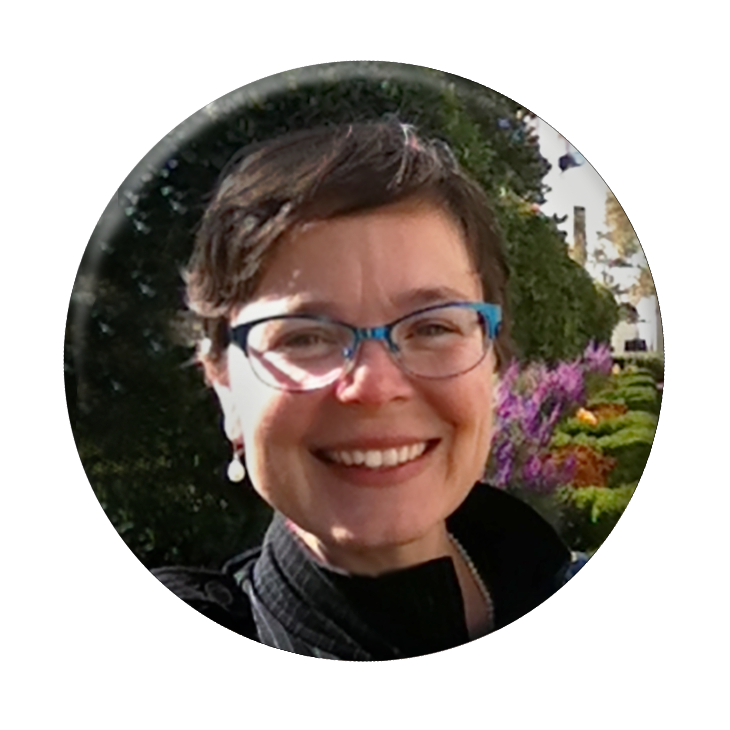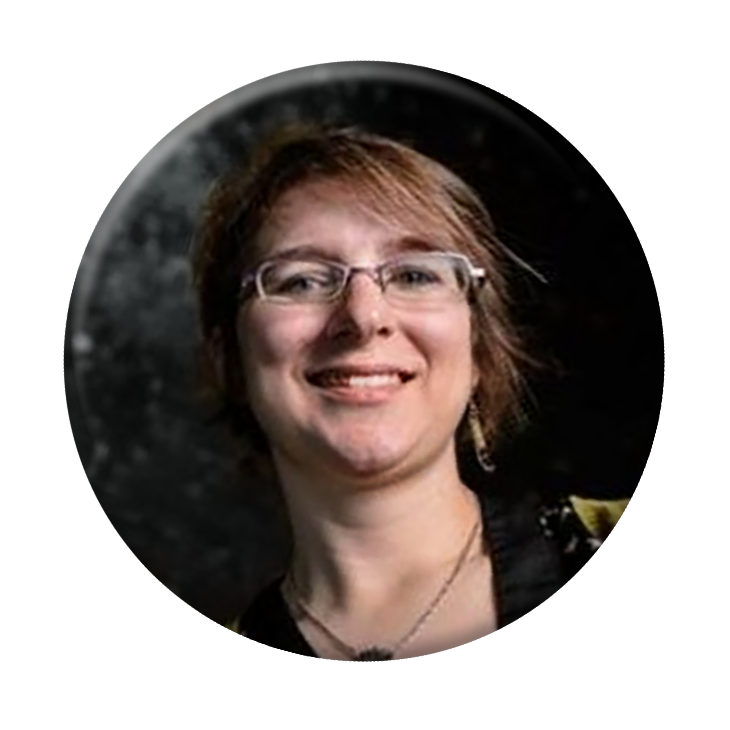A great deal of astronomy is done in the nation of Chile, due to its special climate and location, which creates stable, dry air. With its high, dry, and dark sites, Chile is one of the best places in the world for observational astronomy.
In this segment of the Explore Alliance's "Explore Now" program, we introduce you to Vivian White and Dr. Shannon Schmoll who are both well-known interpreters of science in astronomy and are currently working with the "Big Astronomy" program to reveal the people and work that is behind some of the most productive observatories in the world where the processes of science are put to work to make discoveries that can confirm or rewrite our understanding of the universe. |
|
|
 | | The Director of Free-Choice Learning at the Astronomical Society of the Pacific in San Francisco, Vivian White is known worldwide for her work in astronomy outreach. By day she works with amateur astronomers and museums, creating and sharing astronomy activities with those who love them. |
| |
|
|
 | | Dr. Shannon Schmoll is the Director of the Abrams Planetarium at Michigan State University where she runs a program for Pre-College students. She has a joint degree in Astronomy and Astrophysics and Education. |
| |
|
|
|
|
| Developed by Leading Astronomers, Optical Designers, and Educators, the Galileoscope was created to teach students how telescope optics work. It was developed as a cornerstone project for the 2009 International Year of Astronomy (IYA), the Galileoscope telescope kit solved a long-standing problem: the lack of a high-quality, low-cost kit suitable for both optics education and celestial observation. | | |
|
|
|
|
|
|
|